
Gen Z Plumbers and Construction Workers Are Making #BlueCollar Cool

Most of the time, when Lexis Czumak-Abreu is stripping cables in a ditch or troubleshooting a sparking outlet, the size of her fan base doesn’t mean too much to her.
But then she’ll be strolling through the airport in Las Vegas, and a stranger will call her name.
Some 2.2 million people on TikTok, Instagram and Facebook watch Czumak-Abreu do her work as an electrician in Cornwall, N.Y. Maybe you are one of them. Did you see her recently atop a bucket truck, adding utility outlets to power poles? Or fixing an electric panel in a water-damaged basement?
“You feel just like a normal person, until you actually get confronted by people and you’re like, oh, my goodness, this is real, people know who I am,” says Czumak-Abreu, the 27-year-old daughter and granddaughter of electricians. Since she began posting videos from her job in 2022, she’s gotten thousands of messages from viewers saying she sparked their interest in trade work.
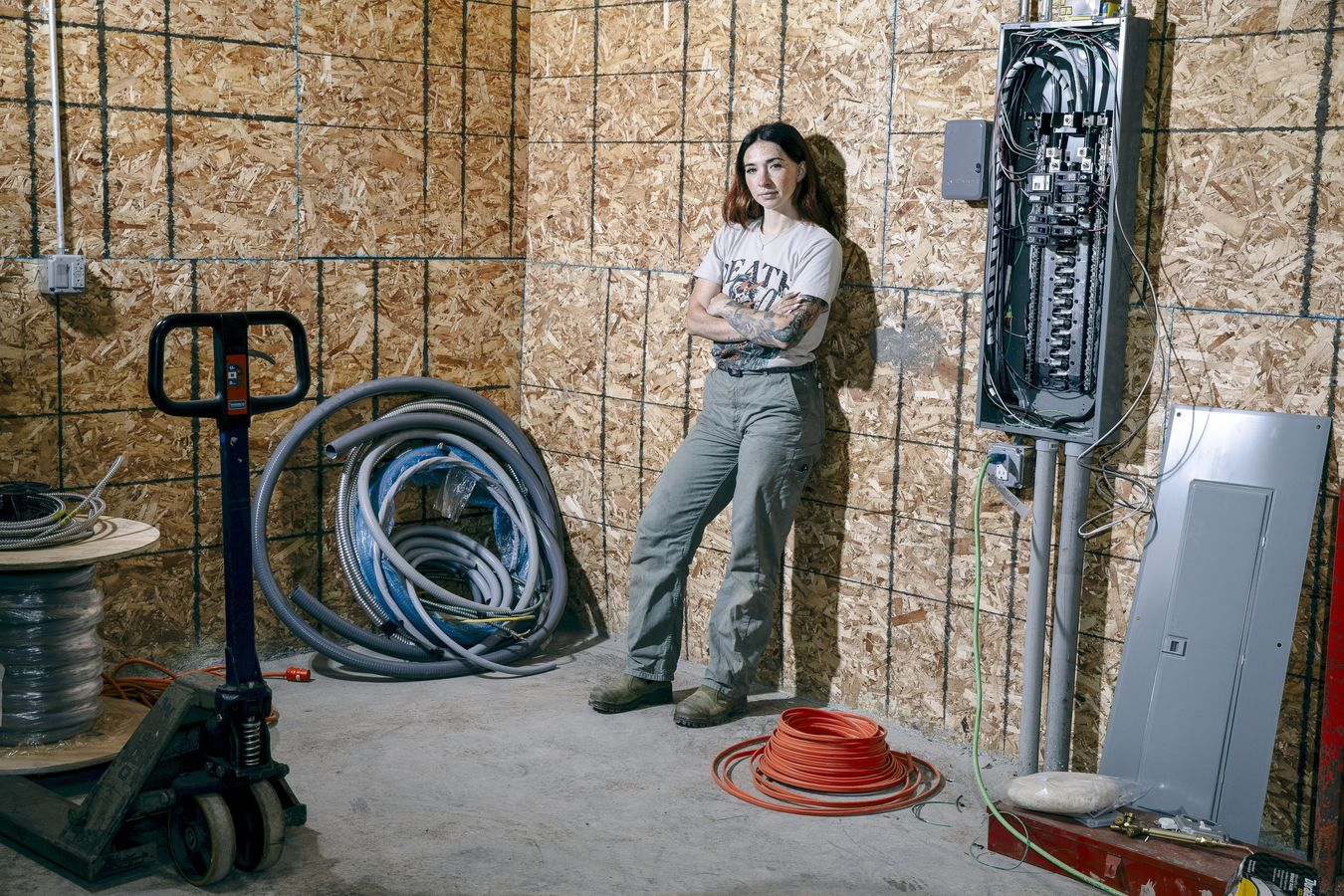
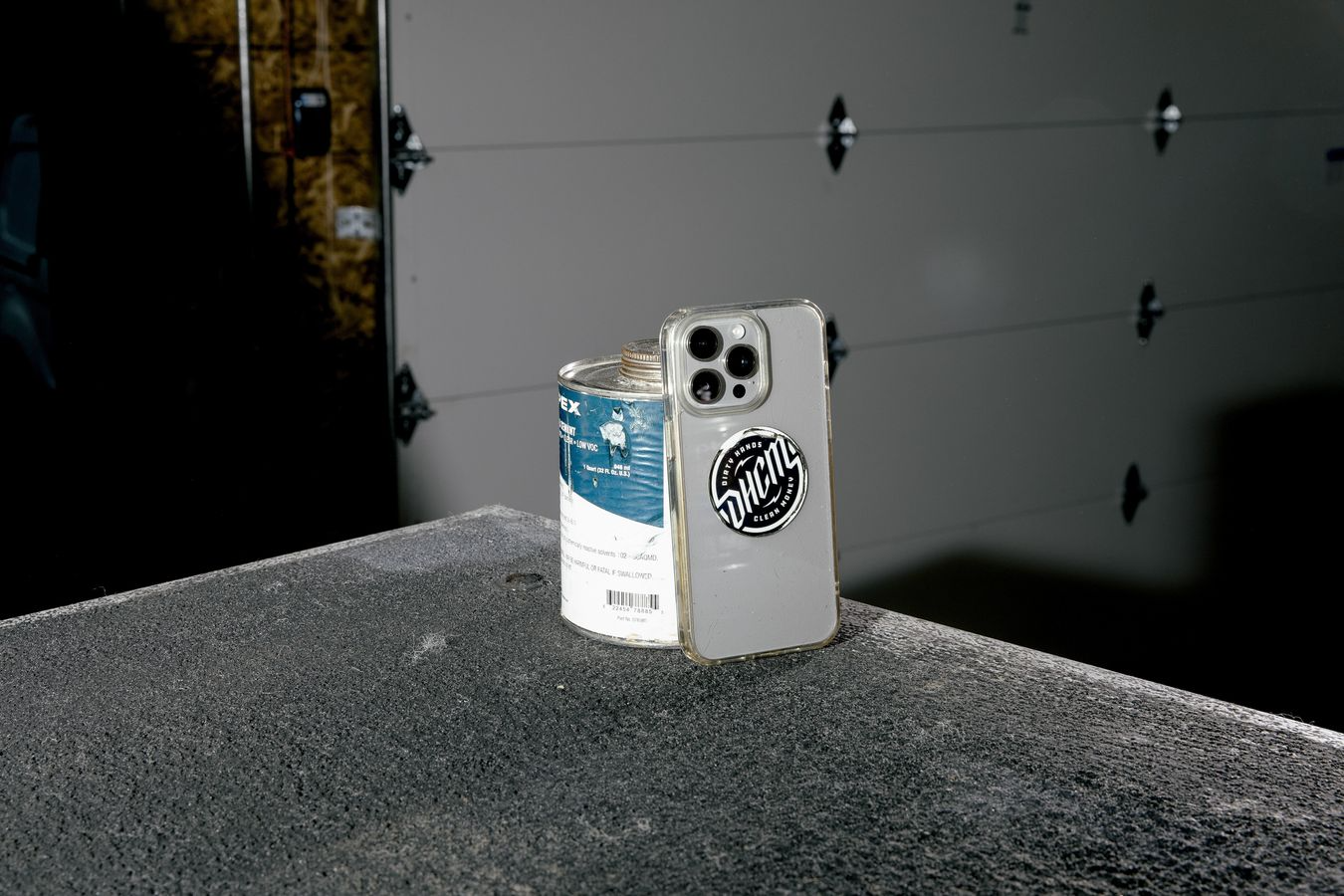
Czumak-Abreu’s path is one that more young Americans are considering. Skepticism about the cost and value of four-year degrees is growing, and enrollment in vocational programs has risen as young people pursue well-paying jobs that don’t require desks or so much debt, and come with the potential to be your own boss.
The number of students enrolled in vocational-focused community colleges rose 16% last year to its highest level since the National Student Clearinghouse began tracking such data in 2018.
Fostering that appeal are workers like Czumak-Abreu, whose short videos have racked up millions of views. Some skilled-trades influencers are so popular, they’re making more money as influencers than they do plumbing or wiring. Homeowners who’ve taken to watching do-it-yourself YouTube tutorials and attempting their own sink or ceiling-fan installations are also tuning in.
Czumak-Abreu makes $200,000 a year from clicks and brand deals with companies like Klein Tools and Carhartt, though she continues to work, often seven days a week.
“I want my company to understand I’m a reliable employee,” she says, adding that if she cut her hours, she’d miss out on the commercial jobs that form the dramatic backbone of her feed, with their oversize coils of cable, outdoor trenches and heavy machinery.
Advertisement
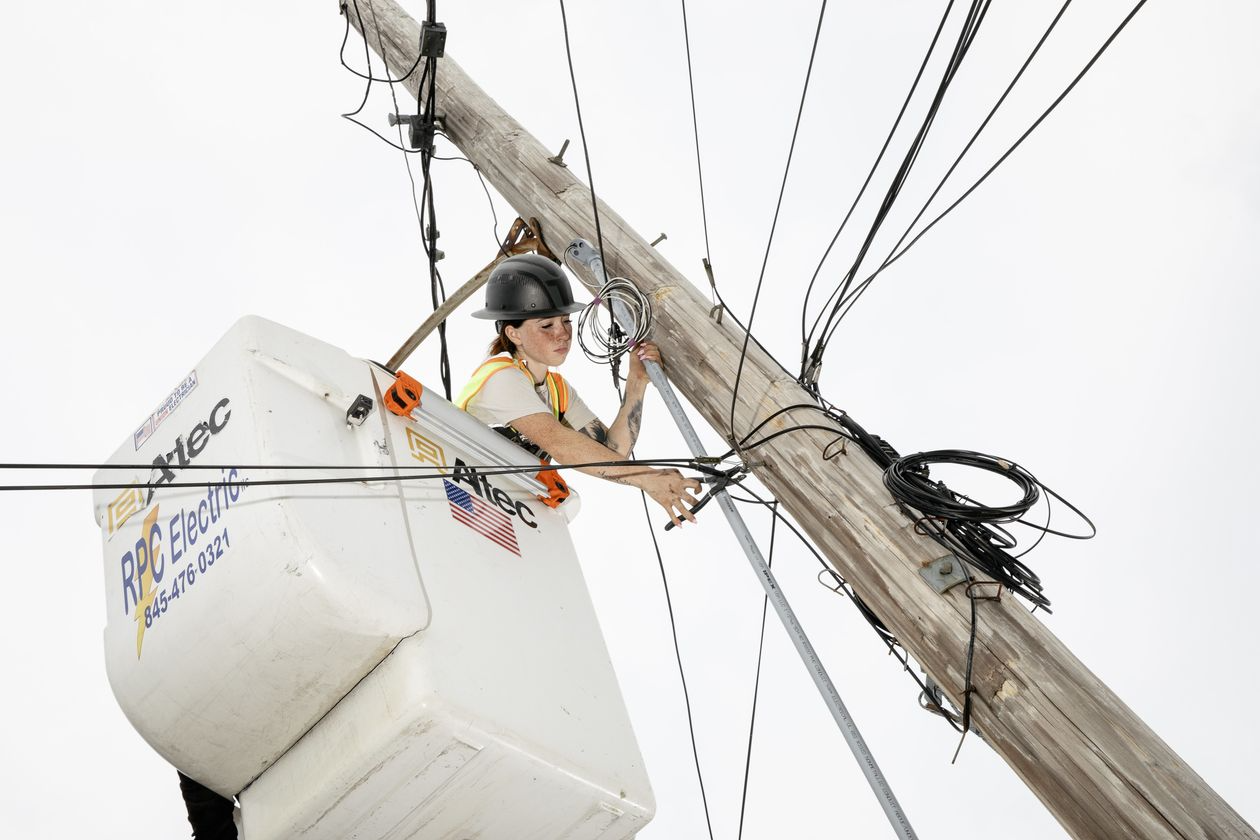
Gen Z career aspirations
In 2021, Sacramento, Calif.-based plumber Evan Berns, 23, posted a video to TikTok of himself removing a water heater with a dolly. By the time he woke the next morning, it had 470,000 views, spurring him to do more.
Berns, who works for Motherflushers, a plumbing company, says he’s found ways to make plumbing more visually appealing: “I speed it up, I cut out all the boring parts so it’s real exciting and fast-paced, and add cool music.”
Simple curiosity about other peoples’ work lives drives lots of clicks, especially when videos feature things viewers ordinarily don’t see—the inside of a house’s walls, say—or satisfy curiosity about how the world works, says Jim Louderback, until recently CEO of VidCon, an annual conference for influencers
On TikTok, the hashtag #bluecollar drew 500k posts in the first four months of this year, up 64% over the same period in 2023. Posts hashtagged #electrician increased 77% over the same time, with #constructionworker and #mechanic posting similar jumps, TikTok says.
Blowing up stereotypes
Many posts tout the wages blue-collar workers can make. Pay for new hires in construction now outstrips pay for new hires in professional services like accounting, according to ADP data. Skilled-trade influencers say they’re also trying to combat decades of stereotypes in which practitioners were seen as grease monkeys or stuck in low-end careers.
“There’s this idea that most welders are kinda dirty, like at a muffler shop,” says Chloe Hudson, 31, who welds for Joe Gibbs Manufacturing Solutions in Huntersville, N.C. Welding delicate skeins of metal into airships, as she does, bears no relation to the stereotypes, she adds.
SHARE YOUR THOUGHTS
Should more young people pursue careers in the skilled trades instead of going to college? Join the conversation below.
“We’ve made it more appealing. We have nice vehicles. We own homes, we are successful,” says Matt Panella, 27, a carpenter who drives a Tesla, and whose detailed how-to videos and time-lapses of him erecting house frames in central California have earned him a strong YouTube following, along with more than $200,000 in annual sponsor income from companies such as 3M.
Projects hit snags, including poor weather or permitting delays, slowing down work and making it harder to film the videos they’ve promised their sponsors, influencers say.
“I can’t just go film content if nothing’s happening,” Panella says.
When it works, social media can drive business, and even inspire new recruits. In Parker, Colo., John Coffman has owned a construction company for decades. After his son Jarod, 22, partly inspired by Panella, began working as a framer and posting videos on social media, prospective workers started approaching the Coffmans out of the blue—even from other states.
“Kids aren’t going to job sites saying, hey, man, can you hire me? They’re getting to know it on social media, giving them the idea that this is a legit possibility,” says the elder Coffman.
Pfister Faucets spent $2 million to produce a YouTube documentary series, now in its fifth season, highlighting the lives of plumbers around the country.
It boasts its own theme song by country singer Craig Morgan. (“Some days I’m working before the sun kisses the sky/Watch the world wake up from the seat of my truck/I’m out here earning my piece of the pie/A good honest buck/No, it ain’t luck.”) The shows, aimed at getting people interested in plumbing as a career, have racked up 13 million views, with half coming from people ages 34 and younger.
“Without plumbers, our product doesn’t get installed,” says Spencer Brown, Pfister’s senior director of sales.
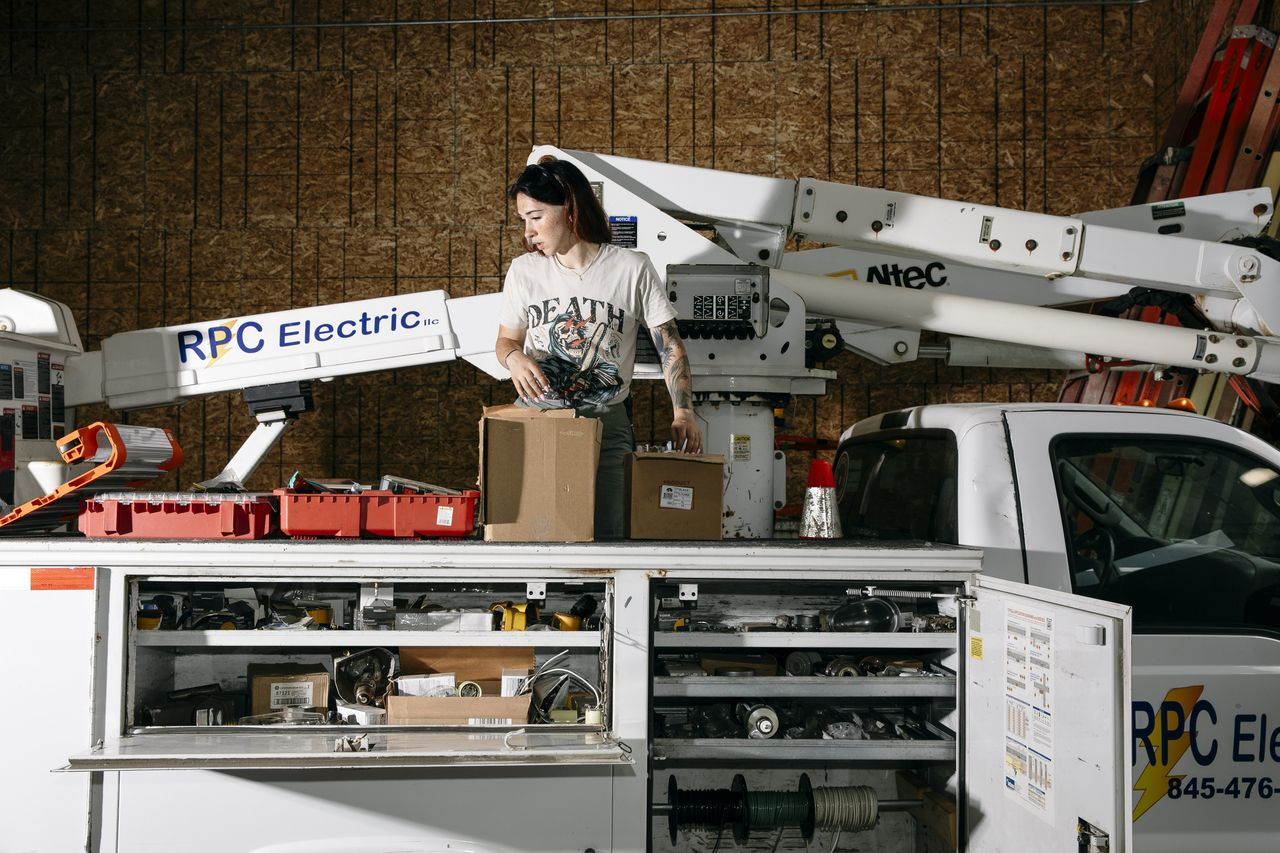
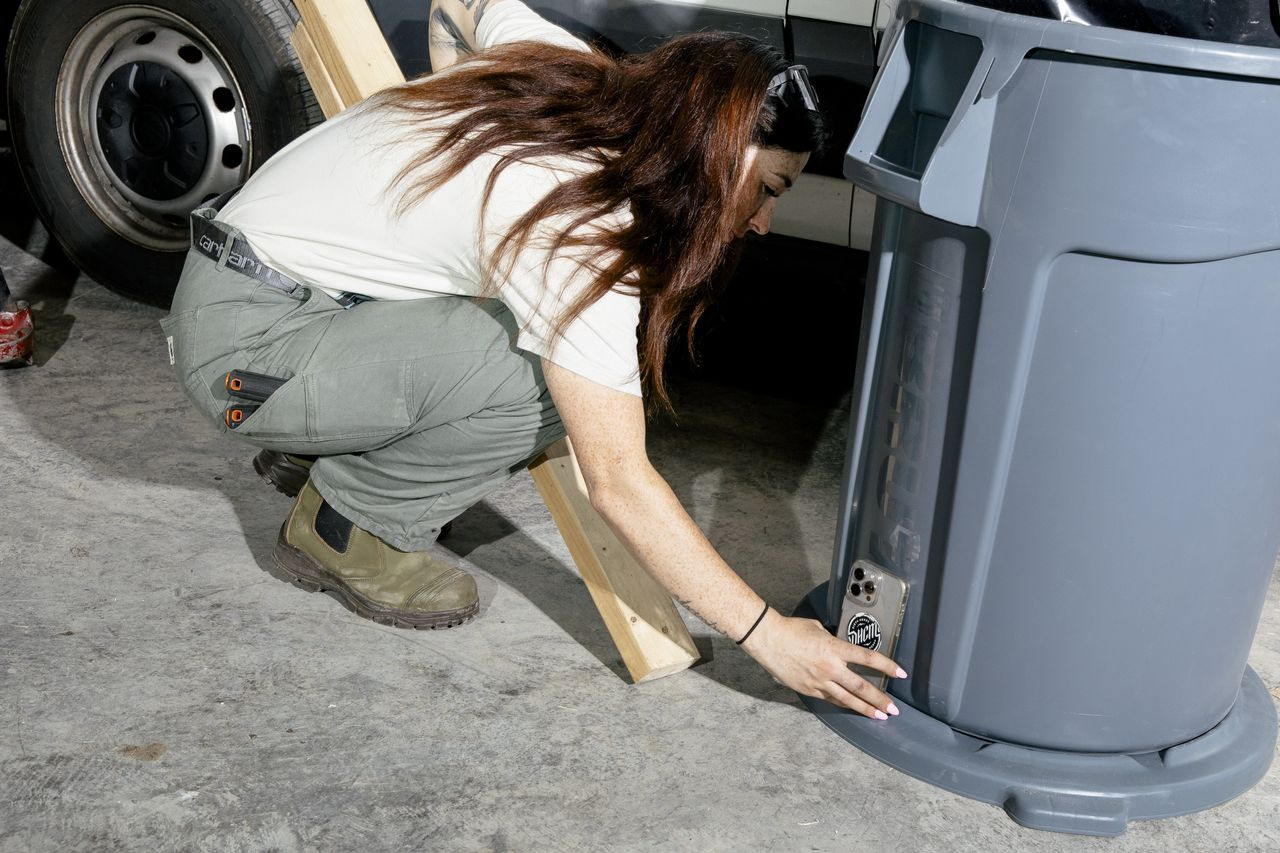
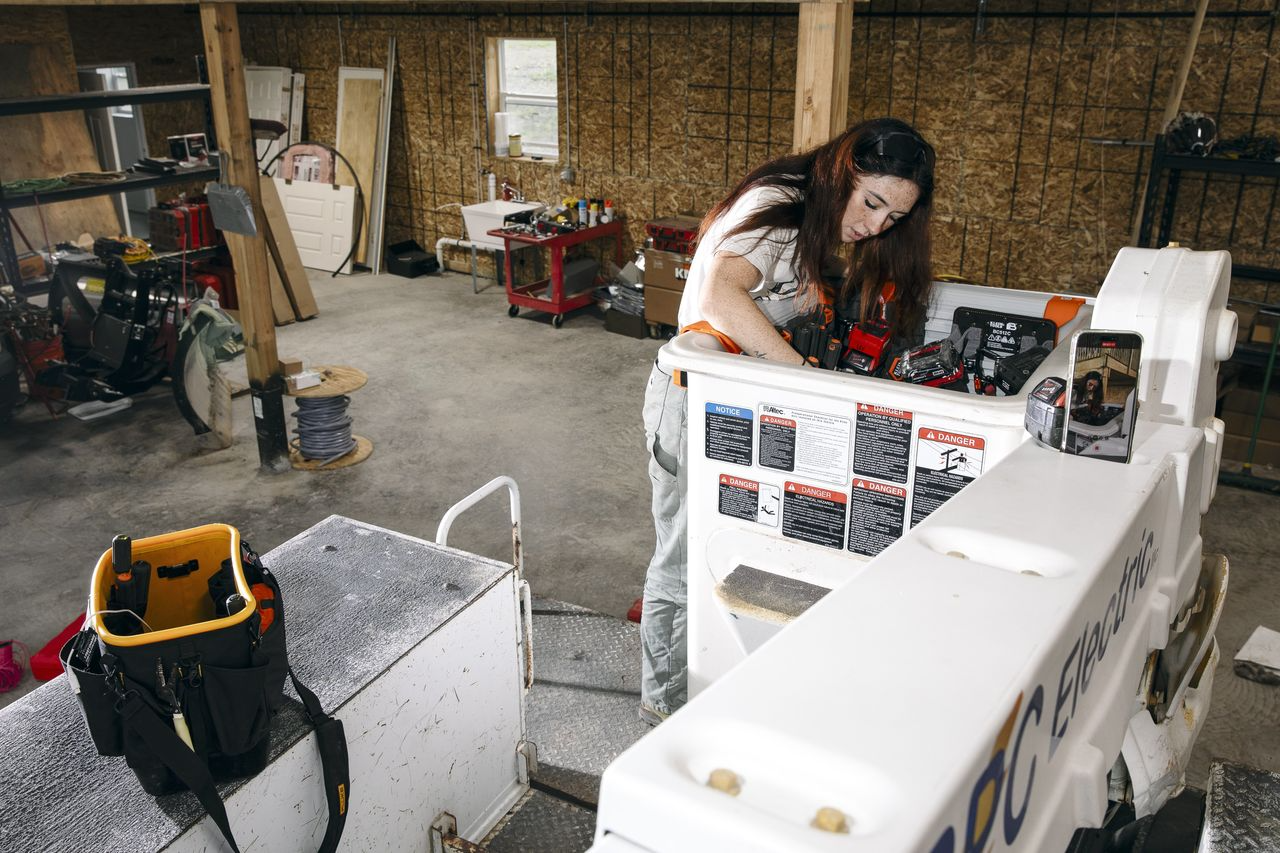
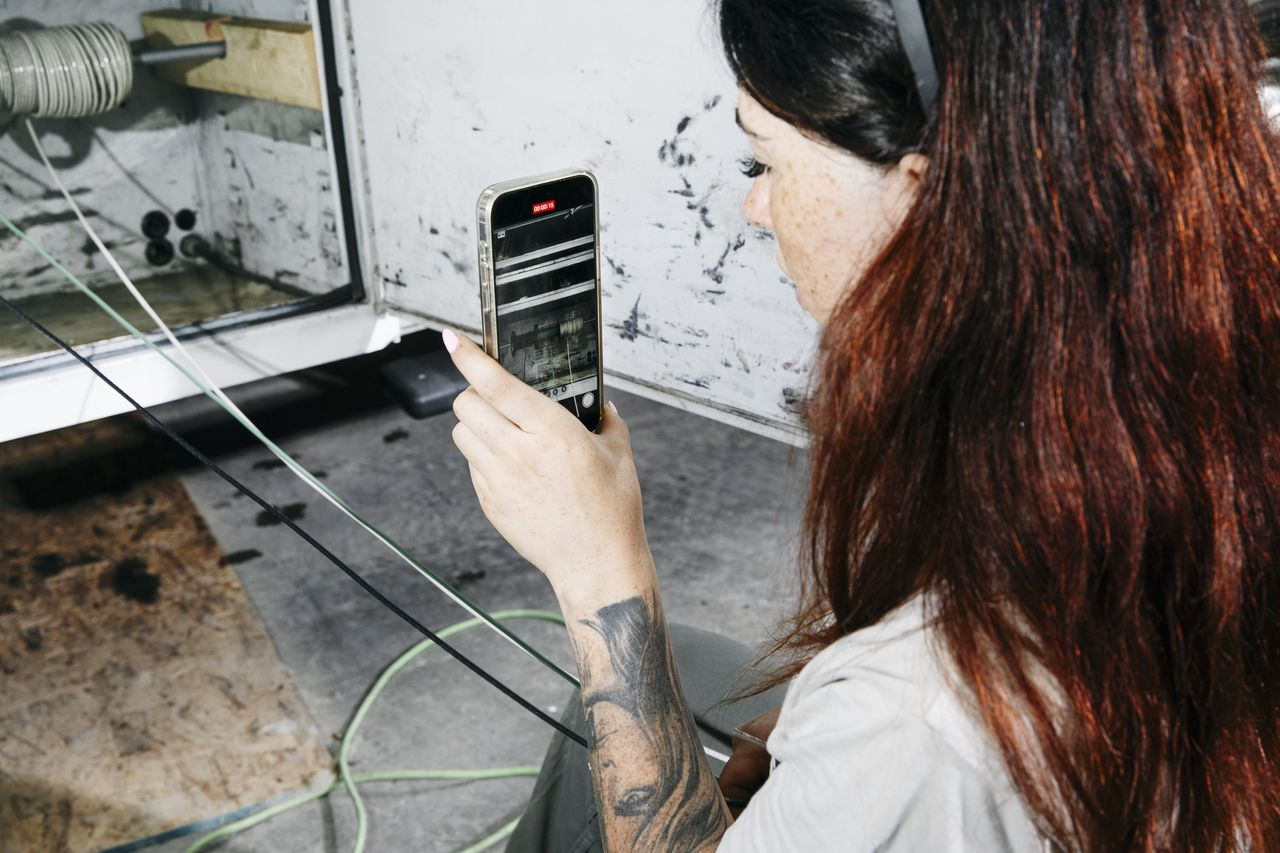
Lexis Czumak-Abreu, 27, started posting on social media about her work as a commercial electrician two years ago. She had been in college for pre-med, but quit that path after deciding she didn't like working in a hospital setting. 'I'm just not a people person,' she says.
Her employer, RPC Electric, says the company is supportive of Czumak-Abreu’s social-media presence, though she tries to avoid drawing attention to the camera while on the job. 'I still want to be taken seriously in my trade,' she says.
Czumak-Abreu shoots and edits the videos herself. Here, she props her phone against a battery pack resting on the arm of a bucket truck to record herself arranging her tools.
She spends a full day editing per week, broken up across lunch breaks and time at night. Often it means cutting down eight hours of footage for a single short clip. 'There are definitely weeks when I crash and get completely overloaded,' she says.
Those voices matter, says Madison Conrad, 26, a technician at manufacturer Roush Yates Engines. As a teenager, Conrad recalls watching YouTube videos featuring female Nascar mechanics and showing them to her mom as proof her career goals were possible.
Every job has downsides
Work in the trades isn’t easy on the body, says David Coleman, 34, a handyman specializing in mechanical work who underwent back surgery after years of crawling under sinks and into crawl spaces. Social media, he adds, is harder in other ways.
During the pandemic, he made training videos to help co-workers who were new on the job, then posted some online at a colleague’s suggestion. Four years later, he says he earns around $500,000 in annual income from social media, including an Amazon marketing program for influencers who make videos for the retailer’s platform.
The life sounds glamorous, but he grew addicted to refreshing his feed. His fixation on going viral took him away from the things he loved, he says, like fishing and time with family.
“I didn’t have any motivation to do anything that wouldn’t generate likes, follows and dollar signs. There was an emptiness to it,” he says.
Coleman still posts but less frequently than before, and says he expects his income to take a hit. He’s found respite in church—and a renewed focus on why he started posting in the first place.
“You don’t have to get your bachelor’s to be happy or successful,” he says. “Social media is not something I’d recommend to a lot of people, but there are definitely a lot of advantages to being in the trades.”
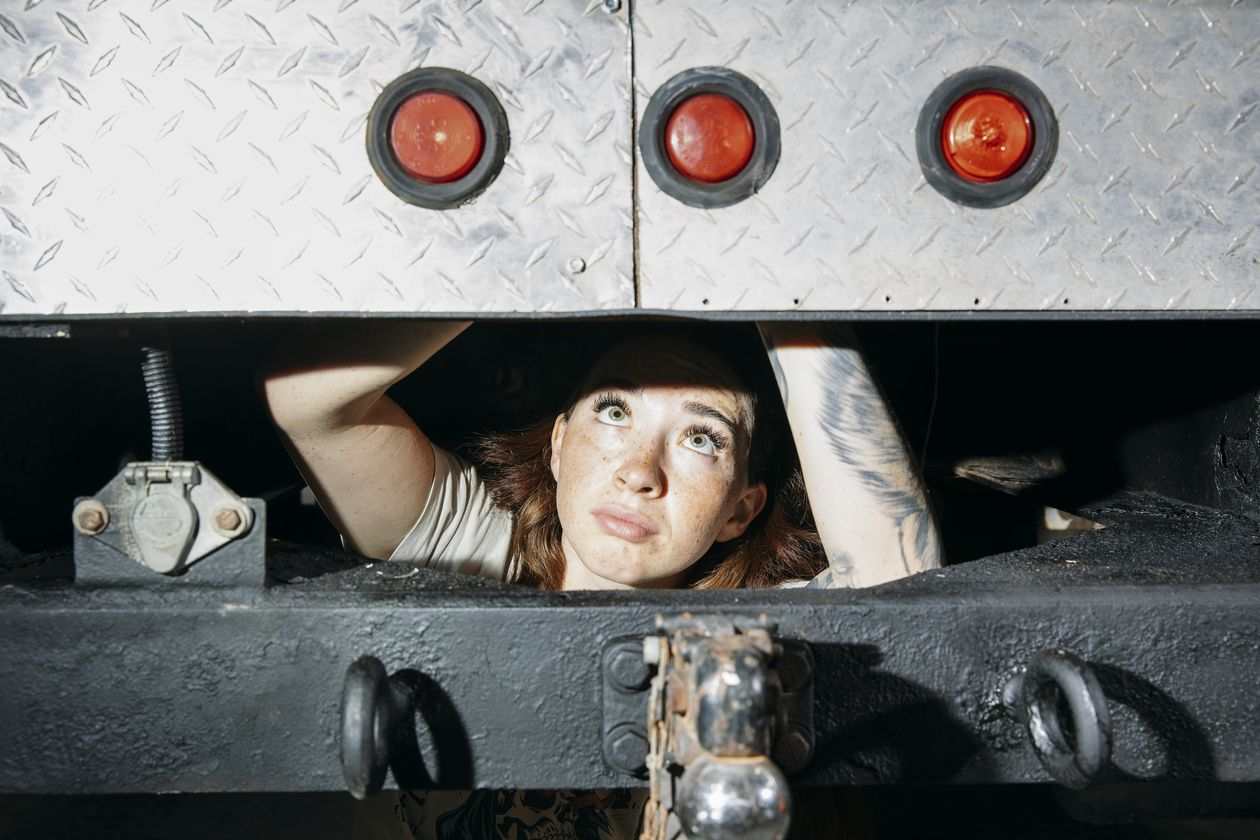
Meet the #BlueCollar Gen Z Influencers Making Plumbing, Construction Cool - WSJ
 Back to News
Back to News